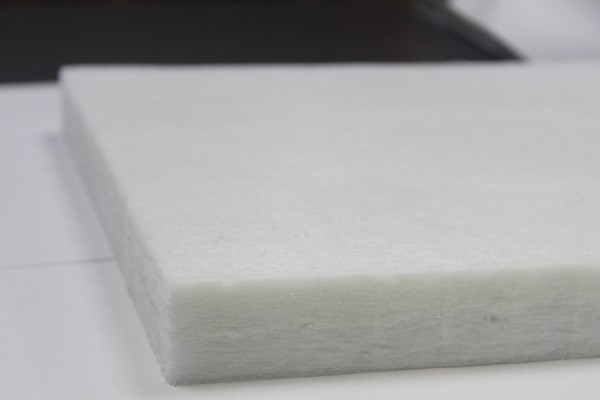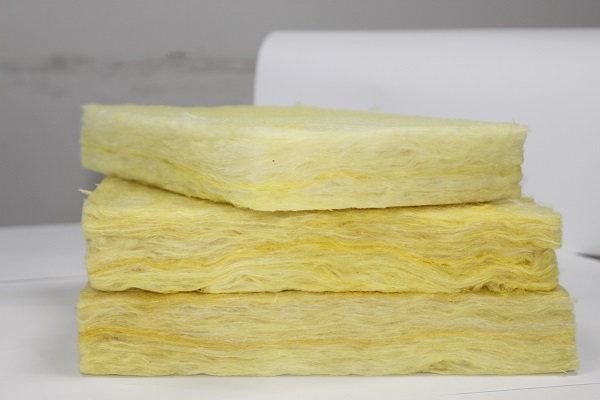

SEARCH
Glass wool is a kind of building insulation material with high cost performance. It takes glass as the main raw material, adds other auxiliary materials and mixes them in a certain proportion, and then sends them into the glass melting kiln for full melting.The solution after melting flows out through the sleeve, enters the centrifuge to use the centrifuge to spray the process, pulls it into the glass fiber, and then adds the environmental-friendly bonding curing agent to form the uniform cotton felt, and then uses the constant temperature curing furnace to complete the curing process, and makes the product into tubular, plate and other finished products.

Porous bubble fiber structure of glass wool, slender glass fiber to separate the air into small air packets, and they are very good imprisonment, effectively prevent heat transfer, reduce heat loss.Therefore, the thermal conductivity of glass wool is related to fiber diameter, density, average temperature and moisture content.The smaller the fiber diameter, the smaller the thermal conductivity.
Similarly, the higher the density of glass wool, the smaller the thermal conductivity of glass wool, until it reaches a peak value.Therefore, when the density of glass wool is in a certain interval, the thermal conductivity of glass wool is the smallest, and the thermal insulation performance of glass wool is the best.

On the contrary, the relationship between the thermal conductivity of glass wool and the average temperature.The higher the average temperature is, the higher the thermal conductivity of glass wool is.Therefore, when we install glass wool wall construction, glass wool storage should pay attention to avoid direct sunlight and high temperature exposure.
For insulation materials, the lower the thermal conductivity, the better the insulation effect.Therefore, when we choose insulation materials, we should pay attention to distinguish their indicators, especially fiber diameter, density, etc., to avoid defective products mixed with fish eyes.